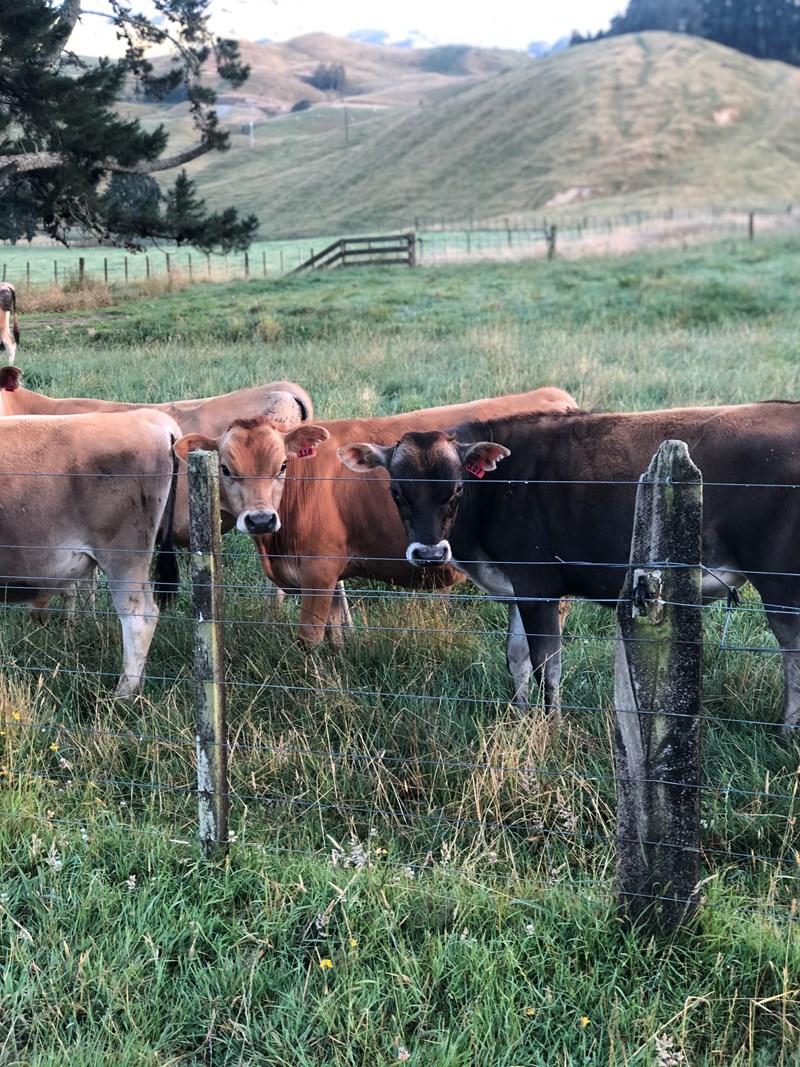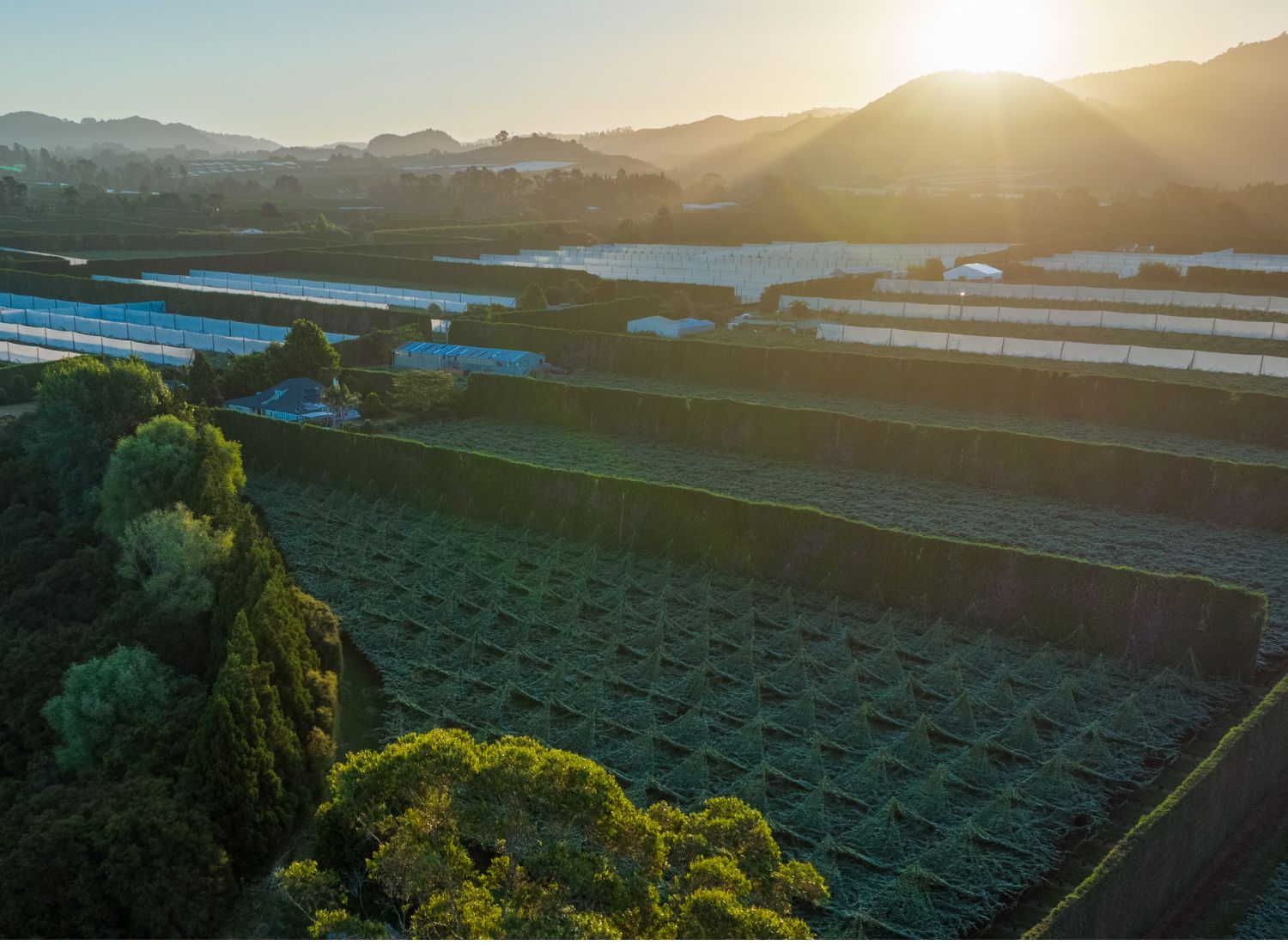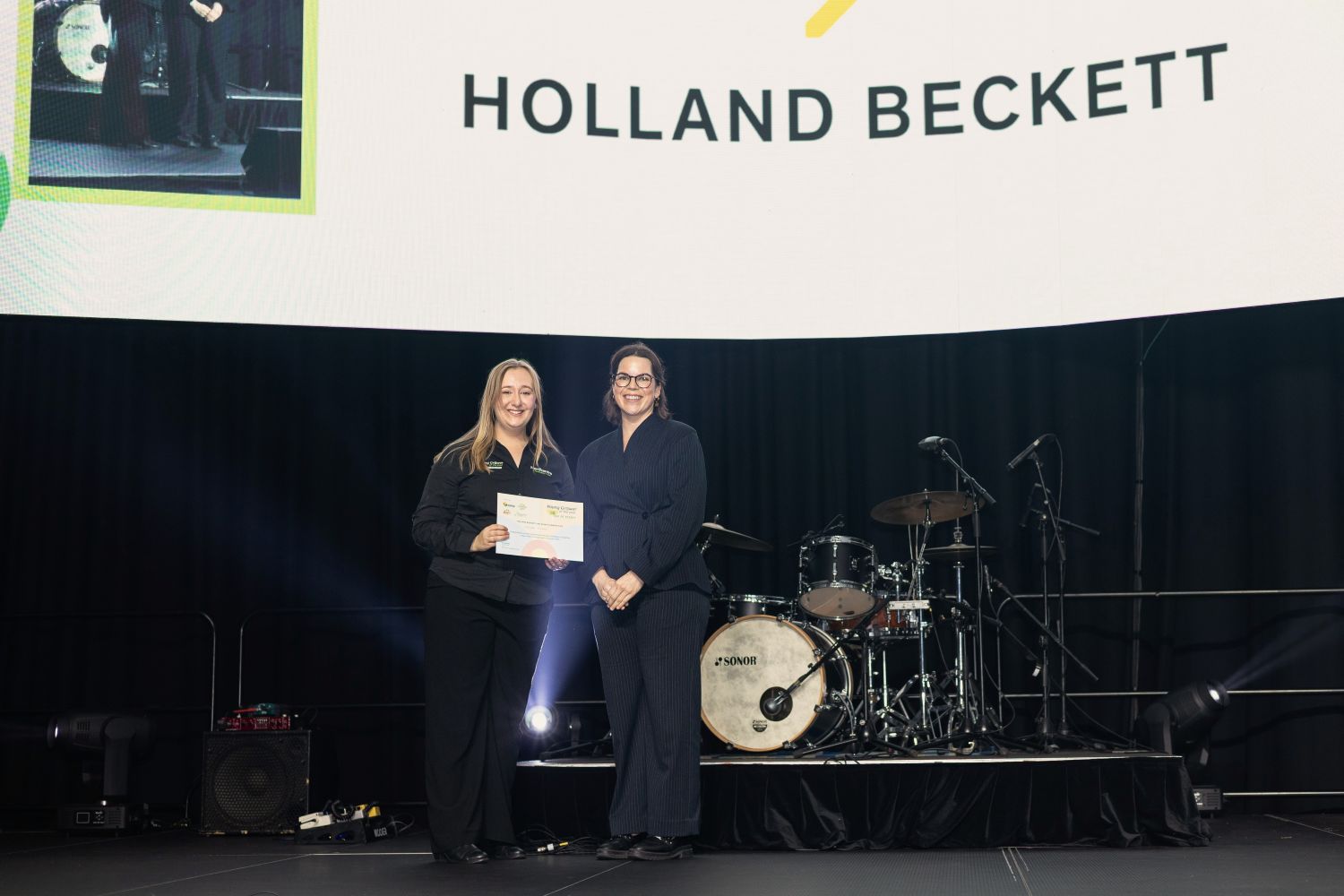Further to our note in September 2021 about the proposed changes to the intensive winter grazing (IWG) regulations, these have now been finalised. This article outlines what the amendments to the IWG regulations mean for farmers.
As we are in the midst of winter, farmers are altering their farm practices to combat feed shortages that come with the winter months. For many farmers, this means incorporating the use of IWG.
IWG is the grazing of livestock on an annual forage crop at any time in the period that begins on 1 May and ends with the close of 30 September the same year. When done properly, IWG is an effective tool to ensure feed longevity. However, when done poorly, it can have serious negative effects on animal welfare and the environment.
IWG regulations were introduced in the National Environmental Standards for Freshwater 2020 (NES) as a part of the Essential Freshwater package. This package introduced a range of rules and regulations designed to protect freshwater and control high-risk practices.
Following an outcry from the rural community as to the practicality of the intensive winter grazing regulations, the Government released amendments to the regulations in April 2022. You can view the amendments here. The amendments were made under the guise of increasing practicality for farmers while effectively lifting environmental outcomes.
Key changes
The amendments seek to help protect the soil and waterways by placing greater importance on paddock selection. The key changes relate to:
- Resowing annual forage crop paddocks;
- Pugging;
- Protecting and not cultivating or grazing critical source areas; and
- Using land with a slope of more than 10 degrees.
Resowing annual forage crop paddocks
The set resowing date has been removed and replaced with a standard requiring the establishment of vegetative ground cover as soon as practicable after grazing.
Pugging
The amended regulations have had specific depth and area requirements around pugging removed. These have been replaced with a standard requiring reasonable practical steps to minimise adverse effects of pugging on freshwater.
Protecting and not cultivating or grazing critical source areas
The amended regulations focus on protecting critical source areas from annual forage crop cultivation. Anyone undertaking intensive winter grazing activities must protect critical source areas by ensuring all critical source areas:
- Are left ungrazed;
- Have vegetation as ground cover;
- Are not used to grow forage crops.
Using land with a slope of more than 10 degrees
The regulations have been changed in relation to slope from a mean slope of 10 degrees to a maximum slope of 10 degrees.
Permitted Activity Requirements
Applying the above amendments, farmers can practice IWG as a Permitted Activity if the activity meets the following conditions:
- The area used for IWG does not exceed 50ha or 10% of the farm, whichever is greater; and
- The total area used for IWG is not greater than the maximum area used for IWG in any single season between 1 July 2014 and 30 June 2019;
- Livestock are kept 5m from the bed of any river, lake, wetland, or drain, regardless of whether there is any water in it at the time (as per the Stock Exclusion Regulations);
- The land used for IWG has a maximum slope of less than 10 degrees;
- All reasonably practicable steps are taken to minimise the effects of pugging;
- Vegetation is established as ground cover as soon as practicable after grazing;
- All critical source areas are left ungrazed, have ground cover and are not used to grow forage crops.
If the IWG activity is unable to meet any of the above requirements, the farmer will require a new IWG consent.
Timeframes
The regulations introduced a reference period which is the period from 1 July 2014 and ended 30 June 2019.
Any new IWG activity, ie. IWG expanding the area above the maximum used in the reference period requires a resource consent now. If you think you need a resource consent for expanding your IWG activity, contact us and we can assist you in applying for a retrospective resource consent.
The amended regulations come into effect for existing IWG activity from 1 November 2022. While they do not impact the 2022 winter grazing season, those planning IWG for the 2023 season onwards, will need to become familiar with the IWG regulations and requirements. For a lot of farmers, planning for next year’s winter starts now.
Conclusion
As stated above, while IWG is a valuable management tool, it can be a risky activity and the environmental risks of IWG require proactive and practical management. We anticipate that even with these amendments, several farmers will not be able to undertake IWG without obtaining a resource consent. This will be particularly true for farmers wanting to undertake IWG on slopped land.
Failure to comply the IWG regulations, or the conditions of a consent is an offence and may result in enforcement action being taken by the relevant regional council Farmers that find themselves in breach of the IWG regulations.
Our rural law team can provide you with advice on how to interpret the regulations to ensure that your IWG practices are compliant. We are also able to provide you advice on the regulatory process should you find yourself in some strife.



